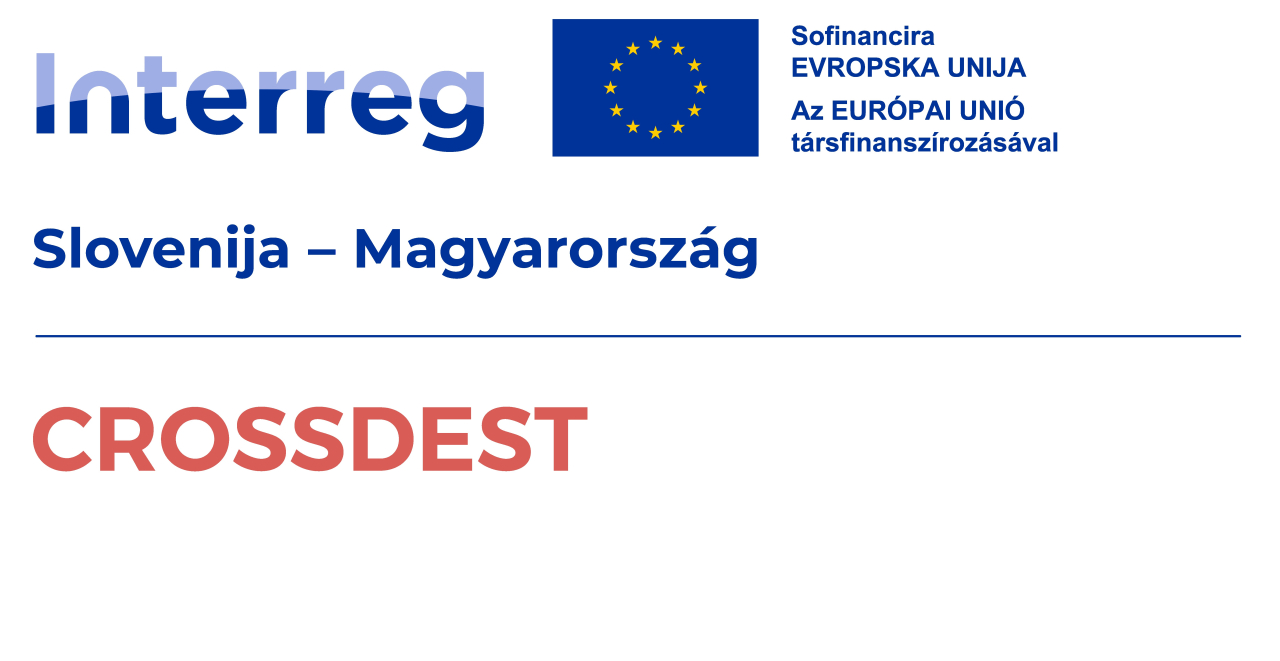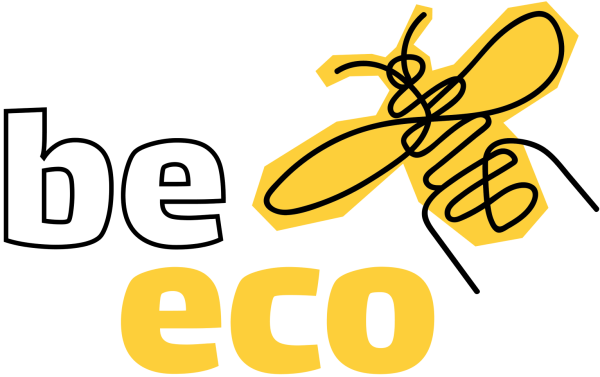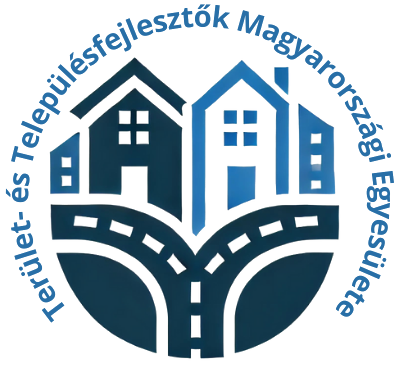

5 Hungarian Destinations Where Sustainability Matters
The future of tourism is moving towards responsible, community-focused, and sustainable solutions. In Hungary, more and more destinations are striving to balance memorable experiences with environmental, social, and cultural sustainability. I-DEST supports these locations in progressing along this path in a measurable, credible, and visitor-friendly way. Here are five exemplary Hungarian destinations.
Miskolc – from industrial city to sustainable destination
Miskolc is a great example of how a former industrial hub can redefine itself as a sustainable city. Through the collaboration of local service providers (Bükki Kör) and the city’s tourism organisation, numerous accommodations and attractions have joined the Edible Forest programme, which is now available as a variety of tourism packages in the city.
Additionally, the Avas Hill, the Szeleta Park Visitor Centre, the Pannon Sea Museum and the Lillafüred State Forest Railway all offer experiences that support local communities while minimising environmental impact. Miskolc, the city of the Bükk Mountains, places special emphasis on public transport and nature conservation.

Bodrogkeresztúr – stork nests, World Heritage, and sustainable experiences
Bodrogkeresztúr is one of the most authentic villages in the Tokaj-Hegyalja World Heritage wine region, where nature and culture go hand in hand. Walking through the village streets, you’ll find not only historic wine cellars and pilgrimage sites but also white stork nests – these birds return to the banks of the Bodrog River year after year, signalling the area’s livability and ecological balance. The village’s programmes, which are centred around the storks, have earned it a place among the best in the Green Destinations TOP100 competition.
The locals prioritise protecting natural values: stork conservation, eco-friendly farming, local products, and small-scale tourism all contribute to sustainable development. Using the I-DEST system, Bodrogkeresztúr measures how it can provide visitors with experiences that are authentic, environmentally conscious, and community-focused.

Hévíz – rethinking health tourism
Health tourism can be about more than just well-being – it can also be about sustainability. The town of Hévíz has recognised that protecting its natural thermal waters, promoting energy-efficient hotels, and implementing mindful visitor management are key to long-term success. With the help of I-DEST, the town actively measures and communicates its sustainability performance, allowing guests to choose services based on their values through SDG filters.

Alföld Slow – slow down for sustainability
Alföld Slow is not just a single location but a philosophy: slow, community-centred tourism in often small villages. The offerings, developed with the involvement of local artisans, producers, and hosts, support the local economy while allowing visitors to connect more deeply with the landscape and culture. Here, I-DEST primarily helps measure community participation, short supply chains, and social impacts.

Novohrad–Nógrád Geopark – protecting natural and cultural heritage
The UNESCO-recognised Novohrad–Nógrád Geopark, the world’s first cross-border geopark from its inception, is a shining example of linking geological heritage preservation with sustainable tourism. Through the recently launched GEOfood programme, the region highlights the centuries-old connection between geological values and local gastronomy, further supporting the preservation of local community values and traditions.
The I-DEST system enables geological sites, nature trails, and local museums to function not only as natural assets but also as community treasures.

More News
All-
6 Mins

Read -
6 Mins

Read -
3 Mins

Read -
3 Mins

Read -
10 Mins

Read -
5 Mins

Read -
6 Mins

Read -
4 Mins

Read -
5 Mins
Read -
4 Mins

Read -
6 Mins
Read -
7 Mins

Read -
5 Mins

Read -
4 Mins
Read -
4 Mins

Read -
4 Mins

Read -
4 Mins

Read -
6 Mins

Read -
3 Mins

Read -
1 Mins

Read -
2 Mins
Read -
2 Mins

Read -
3 Mins

Read


